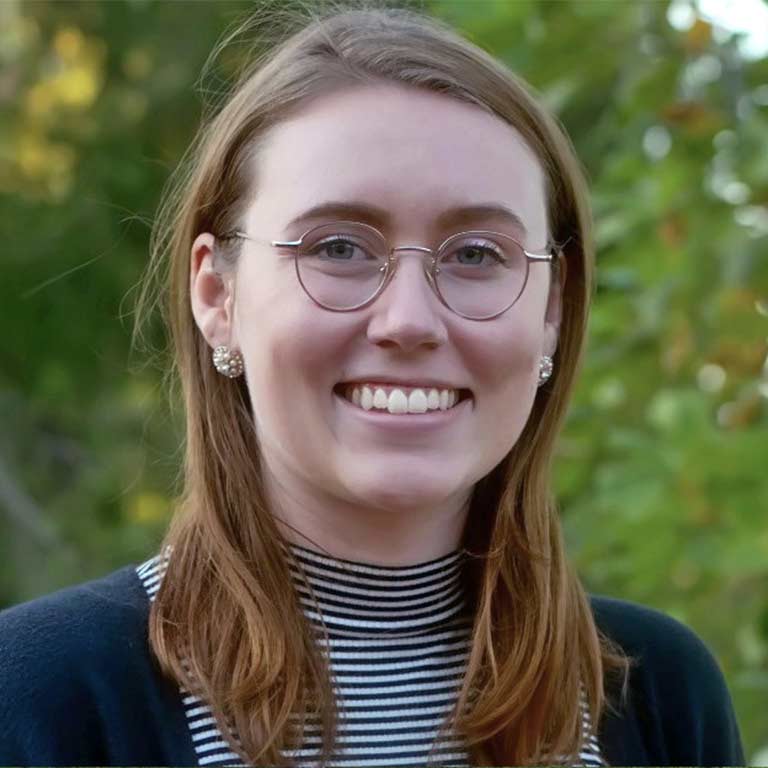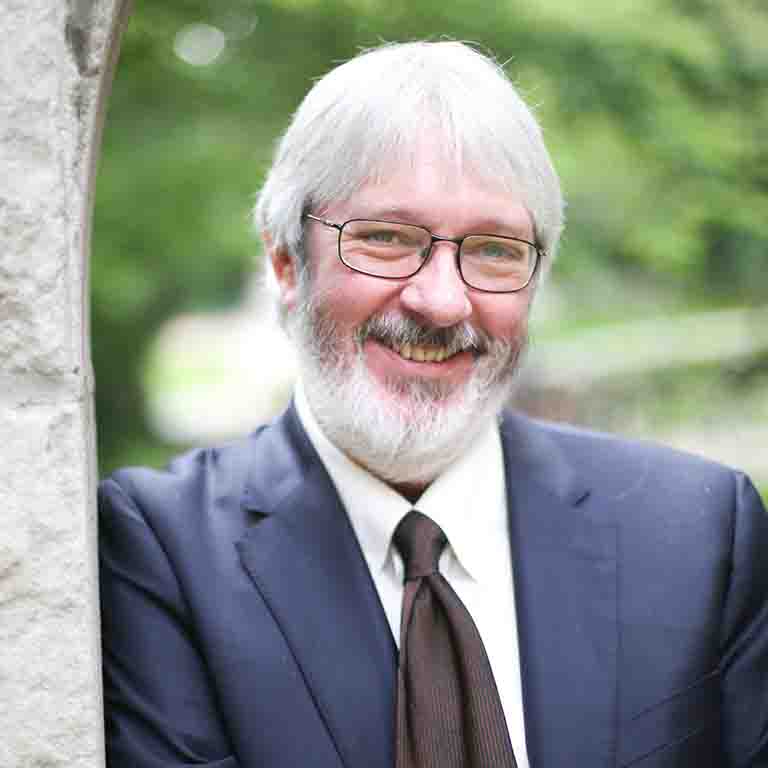And when Michaels says she’s “working” on the cosmic ray project, she means it quite literally: “Like, I now have lots of experience with soldering and assembling.” The particle detector is in its final stages and is scheduled for lift-off in December.
Michaels’s hard work on the project has been noticed, says Musser: “I feel incredibly fortunate that Kelli chose to join my group, as she has had an impact on the output and productivity of my lab that is completely out of proportion to her youth and experience.”
Michaels, who hopes to go to graduate school to study experimental physics, is also studying neutrinos under the guidance of physics professor Mark Messier. Neutrinos are subatomic particles that have little or no mass, making them extremely hard to detect. Their very elusiveness appeals to Michaels. “My future definitely involves particle detection and analysis,” she says. She admits that she prefers neutrinos to cosmic rays: “I care more about small things than big things.”
Teamwork is the thread that runs through both of her research projects. “I really like collaboration,” Michaels says. “I think that’s the direction that science and physics are going to take over the next 50 years.”



